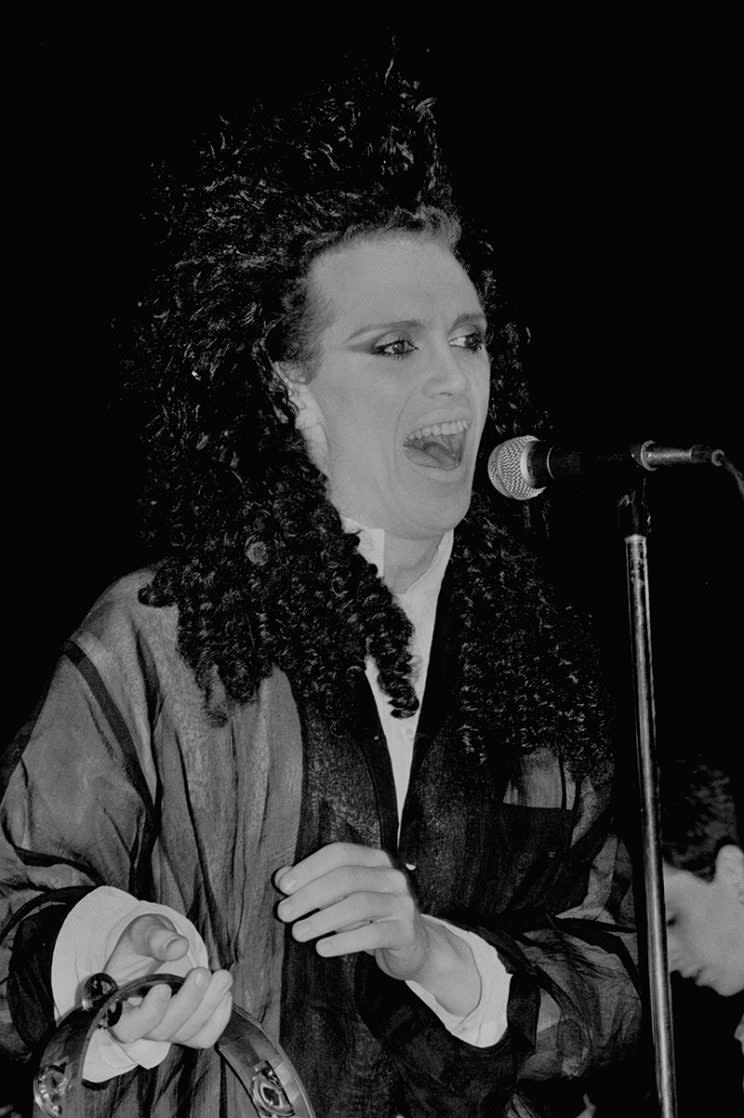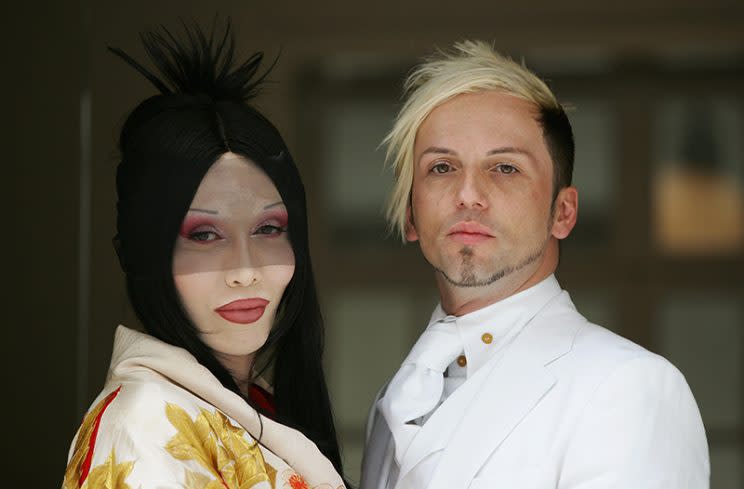Pete Burns Had 300 Plastic Surgeries: Doctors Explain Their Physical Toll

Dead or Alive singer Pete Burns died Monday at the age of 57 from what his management called a “massive cardiac arrest.” Burns, the man behind iconic hits like “You Spin Me Round (Like a Record)” and “Brand New Lover,” recently appeared on the UK reality show Celebrity Botched Up Bodies, where he joked about his death and talked about health problems he had suffered from having more than 300 plastic surgeries.
“I hope when I’m 80 that I get to heaven and God doesn’t recognize me,” he said on the show. Burns says he initially went under the knife to fix a broken nose after he was head-butted during his “punk days,” and things spiraled from there.

“When ‘Spin Me Round’ was going up the charts, I realized I was going to be a visual entity and I had to look good,” Burns said. “When you’re young and you’re very self-conscious and you stand in front of a camera, if the photographer’s whispering ‘Can we just turn his head to the left because he’s got a lump on his nose?’ you think — well, I’ll do something about it.”
But Burns’s surgeries caused myriad health problems. According to News.com.au, he developed blood clots and pulmonary embolisms in his legs, heart, and lungs, and some portions of his skin developed black marks.
“I was having a major operation a week for two years,” Burns said. “What I’m trying to achieve with my surgeries is my own personal satisfaction. It’s narcissism, but it’s extreme.”

At the end of the show, Burns said he had no plans to stop getting plastic surgery. “I’m Frankenstein… People might think I’m the ugliest son of a bitch alive, but I’m very pleased and I want to maintain this look,” he said. “The reason I have my makeup tattooed is that when I’m buried, no one will be able to do my makeup. At least I know when I go to the grave, I’ll look exactly the same.”
Burns’s management didn’t say whether plastic surgery caused the singer’s death, but experts acknowledge that cosmetic surgery — and any other surgery — stresses a person’s body to some degree. And, the more procedures a person has, the more stress it puts on their body — at least during the recovery period.
Craig A. Vander Kolk, M.D., a plastic surgeon with the Plastic and Reconstructive Surgery center, Weinberg Center for Women’s Health & Medicine at Baltimore’s Mercy Medical Center, tells Yahoo Beauty that how much stress surgery causes for a person’s body is related to how big of a procedure a person undergoes and where it’s located. A facial procedure isn’t as likely to stress a person’s body as a breast augmentation or liposuction, he says.
“It’s not a terrible amount of stress, but it’s more than going to get your hair cut,” he says.

Nicole Weinberg, M.D., a cardiologist at California’s Providence Saint John’s Health Center, tells Yahoo Beauty that surgery is a “very big deal,” regardless of what kind you’re having, especially if general anesthesia is involved. “There are a lot of fluid and heart rate changes, blood pressure changes, and there can be bleeding,” she says. If a patient has a heart attack during surgery or while recovering, doctors may not be able to use the usual treatments such as a stent or blood thinning medication because someone can bleed into the site of their wound, she says. A patient may also develop scar tissue due to a heart attack during surgery, which can lead to lasting heart issues and even death.
That’s why doctors may require their patients to have preoperative clearance, which can involve an electrocardiogram or stress tests to make sure their hearts are healthy enough for surgery, Weinberg says.
If a patient had a heart issue during a previous surgery and is planning on more, Weinberg says the patient’s cardiologist will typically work with the surgeon to implement stopgaps in the new surgery to make sure everything goes according to plan, at the safest possible pace.
Vander Kolk says health is a big conversation with patients during initial meetings. “We talk about how healthy they are and how much they can tolerate as far as a procedure is concerned,” he says. “Longer procedures typically cause more stress.”
But Vander Kolk says there’s no research that says spacing out procedures lowers health risks. “Doing two procedures at once can be helpful because it will decrease the amount of stress, but there are safe limits to any surgery,” he says.
Vander Kolk says extreme makeovers like those Burns had are “not a good idea,” adding “they can be safe, but they also have a potential to not be safe.” Meaning, someone can be at an increased risk for blood clots and a pulmonary embolism, just like Burns had. Vander Kolk says it’s crucial to find a board-certified plastic surgeon and be evaluated appropriately in advance of every surgery, which includes a physical exam by a primary care doctor.
“People die when they don’t have a physical examination and they think of plastic surgery as being just a procedure in a doctor’s office,” he says. “All surgeries carry risk, but most people that are healthy can have surgery and not have a problem.”
Let’s keep in touch! Follow Yahoo Beauty on Facebook, Twitter, Instagram, and Pinterest.

